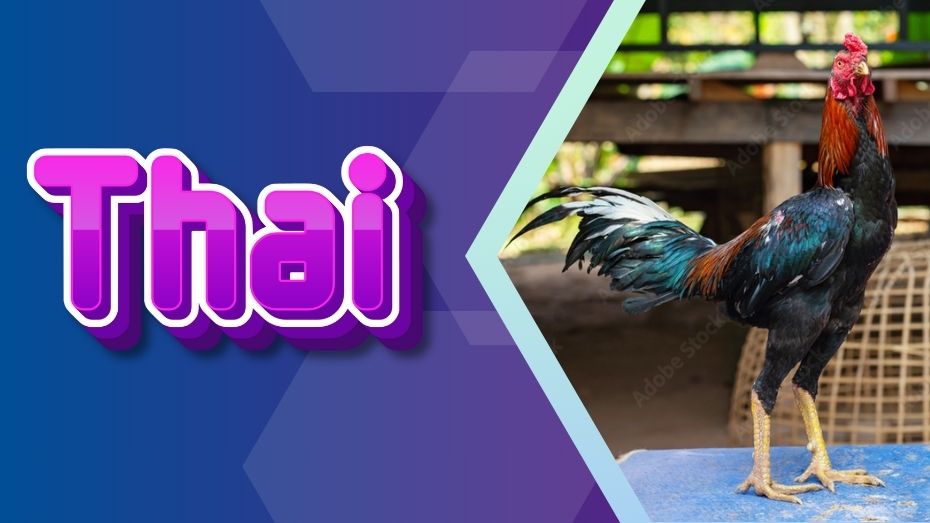The Multifaceted Rhode Island Red: A Staple of Poultry Excellence

The Rhode Island Red, an iconic American chicken breed, is revered not only for its robust egg-laying abilities and quality meat production but also for its storied history in poultry development. Known for their deep mahogany feathers and sturdy constitution, these birds embody the dual-purpose ideal—excellent for both eggs and meat.
A Rich Heritage: The Development of Rhode Island Reds
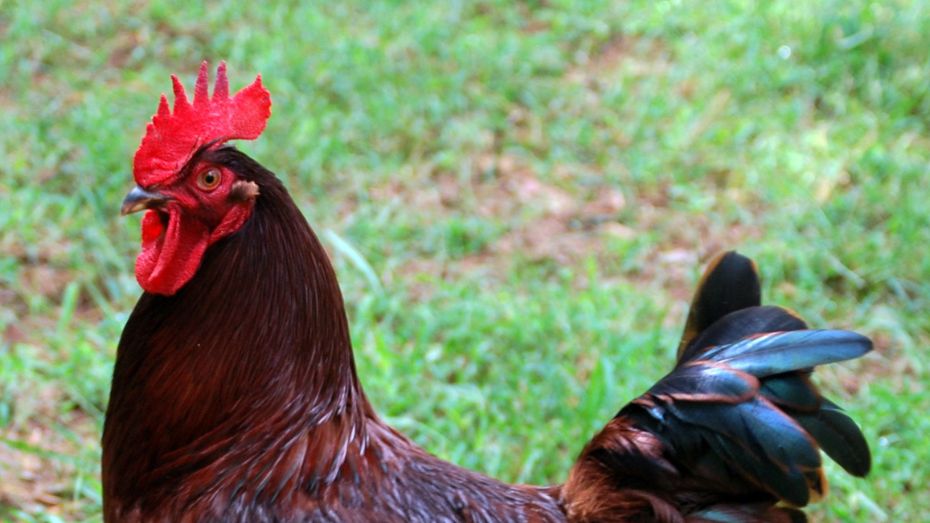
Originally bred from a mix of Malays and other breeds such as Brown Leghorns and Black-Red Javas, the Rhode Island Red was developed in Massachusetts and Rhode Island. This breed, which has Malay gamefowls among its ancestors, was officially recognized by the American Poultry Association in 1904 and proudly serves as the state bird of Rhode Island.
Distinct Strains and Their Characteristics
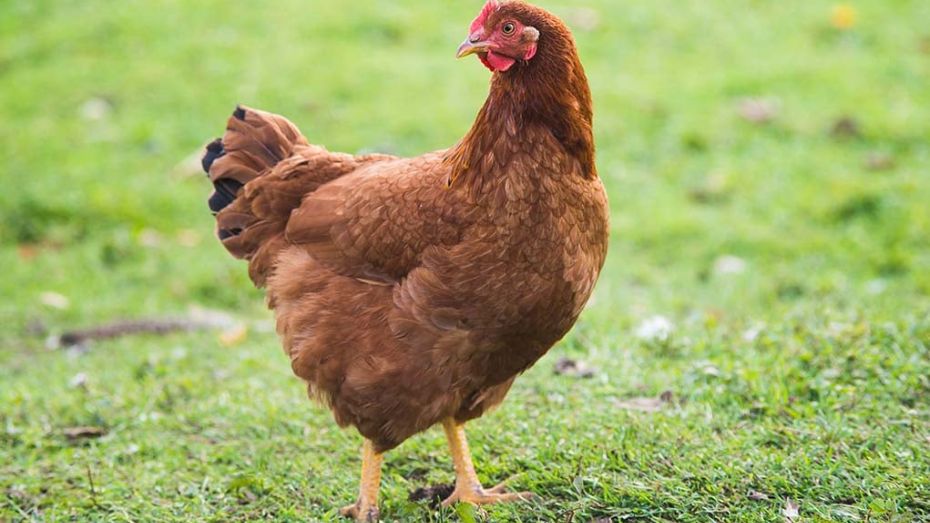
Rhode Island Reds are divided into two primary strains: the Production strain and the Heritage strain. The Production strain is known for its lighter color and impressive egg production of about 250 to 300 eggs per year. In contrast, the Heritage strain, with its darker, lustrous feathers, may produce fewer eggs annually (150 to 200) but maintains its laying capacity over a longer life span.
Key Features of Rhode Island Reds:
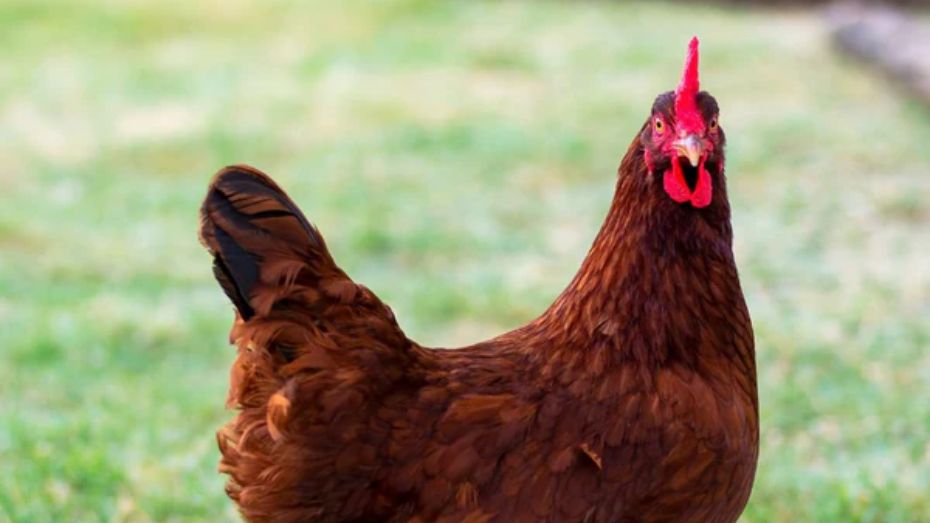
Utilization Beyond the Coop
Rhode Island Reds, while not typically associated with cockfighting, have occasionally been seen in cockpits, likely a trait inherited from their Malay ancestors known for their natural aggression. Despite this aspect of their heritage, the primary utility of Rhode Island Reds is found in their excellent capabilities in egg production and their substantial meat yield.
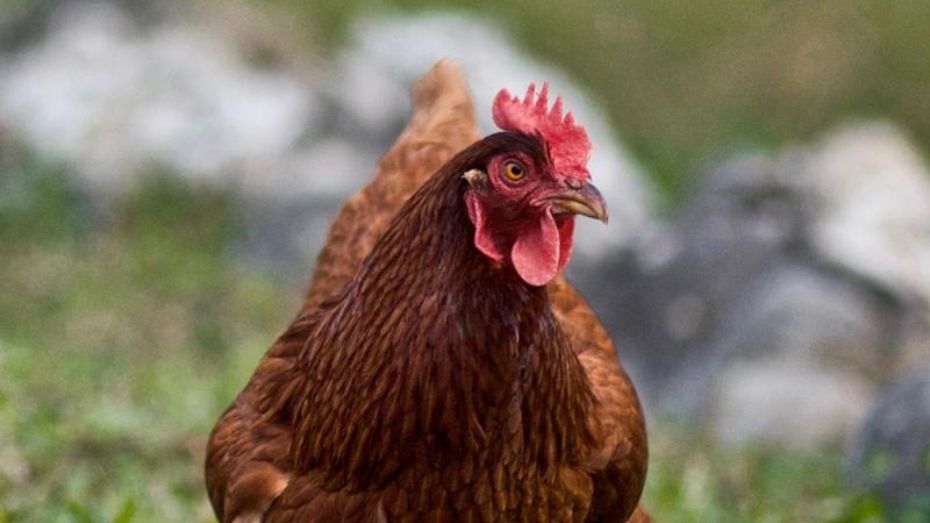
These characteristics make them highly valued both among backyard poultry enthusiasts and in larger-scale commercial farming operations. Renowned for their hardiness and adaptability, these birds thrive in various environments, contributing further to their popularity. Their rich, red feathers and robust build not only make them a striking presence in any coop but also underscore their reputation as one of the most dependable and versatile breeds in the poultry world.
The Debate: Egg Production vs. Cockfighting
Considering their efficacy in producing both eggs and meat, it is generally advisable for breeders to concentrate on these qualities rather than engaging in cockfighting activities. Rhode Island Reds excel in sustainable farming practices due to their high productivity and are thus more valuable when their primary traits are maximized.
For breeders who are inclined towards cockfighting, crossing Rhode Island Reds with breeds specifically tailored for such activities could be a strategic move. This could potentially enhance the bird’s competitiveness in the cockpit by introducing traits more favorable for cockfighting without compromising the inherent strengths of the Rhode Island Reds in terms of agricultural value.
Sustainable Practices and Local Supply
In the Philippines, where the demand for quality poultry is high, Rhode Island Reds offer a valuable resource. Efforts to increase their numbers can lead to significant benefits, not only filling the local demand for chicks and chickens but also contributing positively to the agricultural economy.
Conclusion
Renowned for their exceptional egg-laying capabilities and robust meat production, Rhode Island Reds serve as a prime example of a dual-purpose breed that benefits both small-scale and commercial agricultural endeavors. While their historical lineage includes gamefowl, their best use today is in sustainable poultry farming practices.
For enthusiasts and bettors interested in the exciting world of cockfighting, PH Sabong offers a dynamic platform to engage with this traditional sport. Explore and place your bets on top-tier gamefowl at PH Sabong, the premier destination for online sabong, where the thrill of the fight meets the convenience of digital access.

